Free-Motion Quilting Cabins in the Woods
Add the charming and quick winter scene, The Cabins in the Woods motif to your next border and you’ll be snuggled up in your gorgeous handiwork in no time at all! This motif looks more complicated than it is—just three simple motifs combined together in one whimsical border!
Set up your machine for machine quilting by lowering the feed dogs and attaching either your BERNINA Stitch Regulator or a free-motion quilting foot. My favorite is the BERNINA Free-motion embroidery foot #24 foot because it has an open toe and it is offset and provides the greatest visibility. For more on machine set-up visit Twelve Steps to Free-motion Quilting here on WeAllSew.
This pattern works really well as an edge-to-edge motif if you are stitching on the fabulous BERNINA Q24 long arm machine, and it is perfect for sewing on any of the domestic machines like the BERNINA 770QE I use every day.
Thread your machine with a heavy weight thread, 50 wt or heavier to create motifs that really show and stitch a small test sample to check the tension. The BERNINA 770QE is known for its beautiful stitch and adaptive thread tension, however I like my machine quilting stitches a little loose, so I usually lower the top tension slightly. To my eye, the thread and stitches look nicer when the top thread is slightly loosened. Experiment with your machine to be sure you are getting the nicest top and bobbin stitch while machine quilting.
Begin stitching on the lower edge of the quilt border. Stitch along the border for a few stitches, then stitch a short, straight line perpendicular to the border. Stitch several stitches to the left and then stitch at an angle up and to the right.
Stitch the mirror image of the first half of the tree, then stitch along the bottom to begin the next tree.
Stitch different height trees to create a more interesting border and be sure to keep the trees nestled together closely for a cohesive design.
Vary the trees by adding an evergreen. Stitch the trunk of the tree and add six or more shallow scallops.
Mirror image the stitching on the first side to complete the tree ending on the baseline.
To stitch a small cabin, stitch a vertical line, and jog to the left 3-4 stitches. Add an angled line and a horizontal roof.
Stitch the right side of the roof and stitch from left to right and back again.
Stitch down to the baseline and then to the left several stitches.
Stitch into the house shape to create a rectangle door; then stitch to the left to close the house shape. Stitch under the entire motif from left to right to begin the next motif in the pattern.
Doodle the motif on paper several times to develop muscle memory for machine quilting before stitching on your quilt border.
Once you start quiting you won’t want to stop….
Try the Cabin in the Woods on kitchen towels, aprons, or a tablerunner.
For more than 100 machine quilting motifs like Cabin in the Woods, be sure to visit me at The Inbox Jaunt where I blog daily from my little cabin in the Minnesota woods!
Lori
What you might also like
6 comments on “Free-Motion Quilting Cabins in the Woods”
-
-
THERE IS AN ERROR IN THE CABIN-IN-THE-WOODS RECOMMENDATIONS. 50 WT
IS LIGHTER, THINNER THAN 40, SO IF THE IDEA IS TO HAVE A THICKER THREAD,
THEN THE WEIGHT MUST BE SELECTED BELOW 40, LIKE 30 OR 25 (ALSO KNOWN AS
UPHOLSTERY THREAD).
A VERY SUITABLE ALTERNATIVE IS TO DRAW THE DESIGN IN BERNINA SOFTWARE AND
USE TRIPLE STITCH, USING REGULAR 40 WT THREAD.-
Thank you for your comment. Please allow me to clarify my statement. 50 wt thread is a medium weight thread and is one of the most commonly used threads. Thread weights of 40, 30, 28 wt are considered heavier weight and 60, 80, 100 are finer weight threads. When free motion quilting, I recommend choosing a contrasting color thread and a heavier weight (50 wt is suitable when it is a contrasting color, though I prefer to use 40, 30 or 28 wt) whenever you want to see the motif or make it a focus–for example, the Cabin in the Woods.
On the other hand, when you want the machine quilting to be more subtle texture or background, choose a thread in a matching color (matched to the background fabric) in a finer weight. (50 wt is suitable, though I prefer a finer weight like 60, 80 or 100.)
Again, 50 wt thread is considered a medium weight thread, but it can be used to create a focus motif when it is in a contrasting color or it can be used as a texture thread when a matching color is chosen.
I hope that is clearer.
Again, thank you for your question!
-
-
Thank you for your comment. Please allow me to clarify my statement. 50 wt thread is a medium weight thread and is one of the most commonly used threads. Thread weights of 40, 30, 28 wt are considered heavier weight and 60, 80, 100 are finer weight threads. When free motion quilting, I recommend choosing a contrasting color thread and a heavier weight (50 wt is suitable when it is a contrasting color, though I prefer to use 40, 30 or 28 wt) whenever you want to see the motif or make it a focus–for example, the Cabin in the Woods.
On the other hand, when you want the machine quilting to be more subtle texture or background, choose a thread in a matching color (matched to the background fabric) in a finer weight. (50 wt is suitable, though I prefer a finer weight like 60, 80 or 100.)
Again, 50 wt thread is considered a medium weight thread, but it can be used to create a focus motif when it is in a contrasting color or it can be used as a texture thread when a matching color is chosen.
I hope that is clearer.
Again, thank you for your question!
-
-
Lori, another great stitch pattern! Thank you for all your great ideas–keep them coming!
-
Hi Lori
I tried to go to The Inbox Jaunt & was unable to get on. My computer would not let me in. Since this is 11/17/2021 maybe it is no longer available?? DarnMiki Charlton
Leave a Reply
You must be logged in to post a comment.
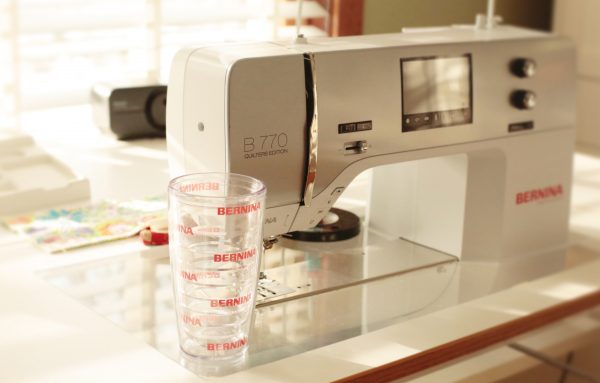
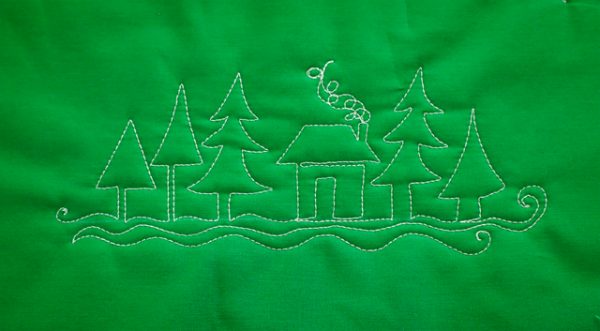
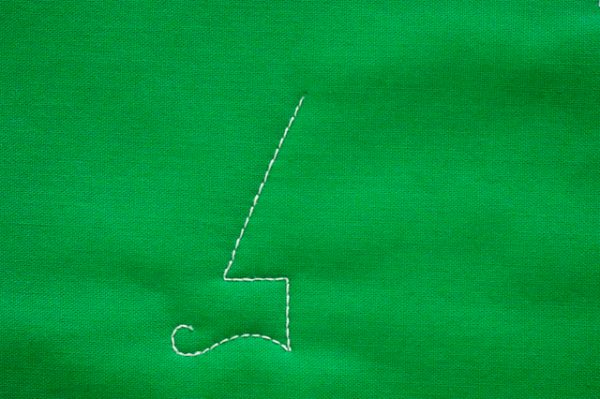
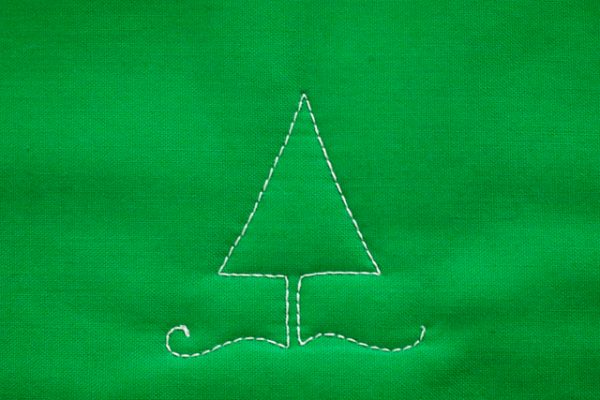
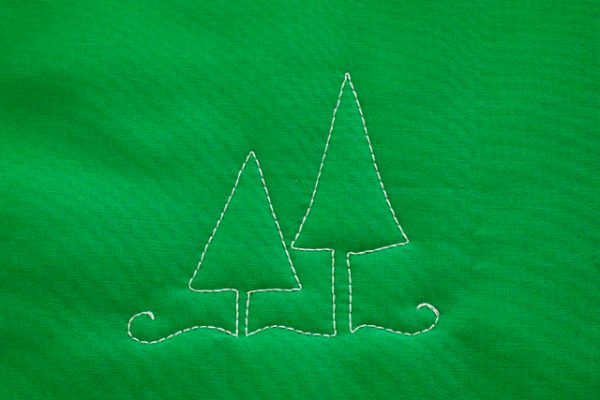
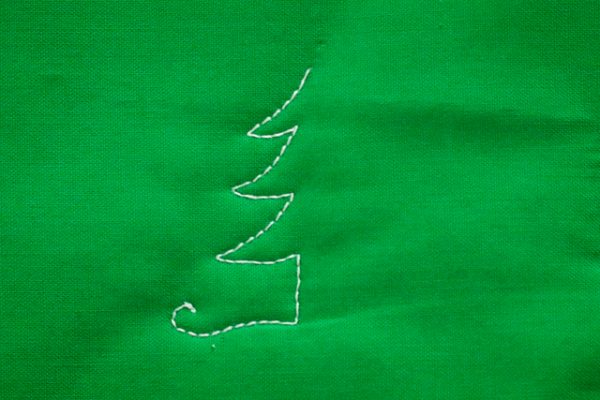
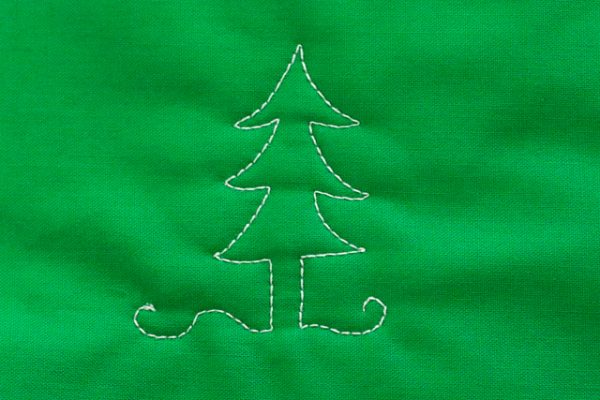
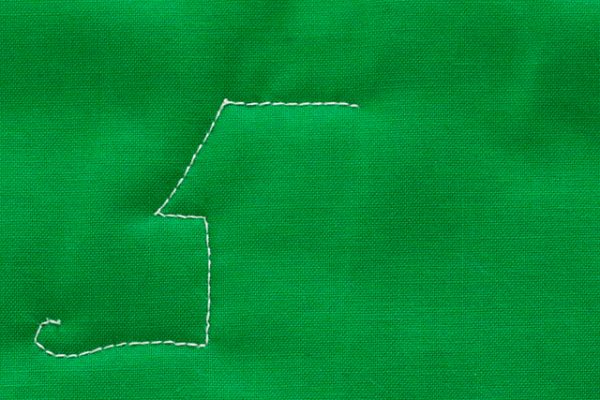
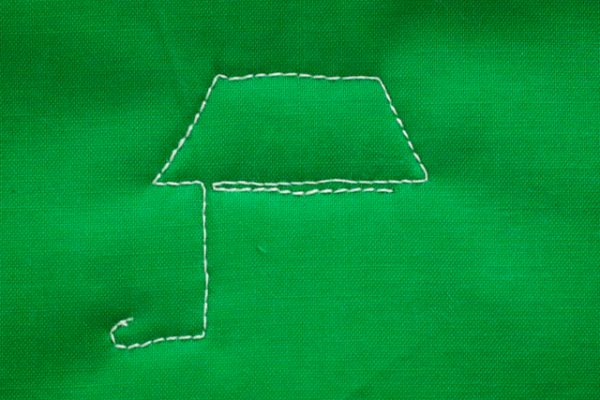
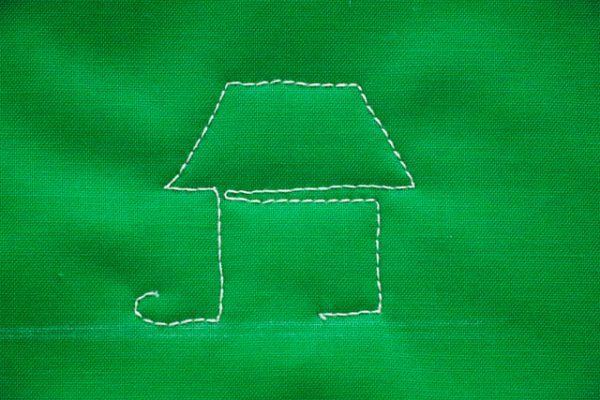
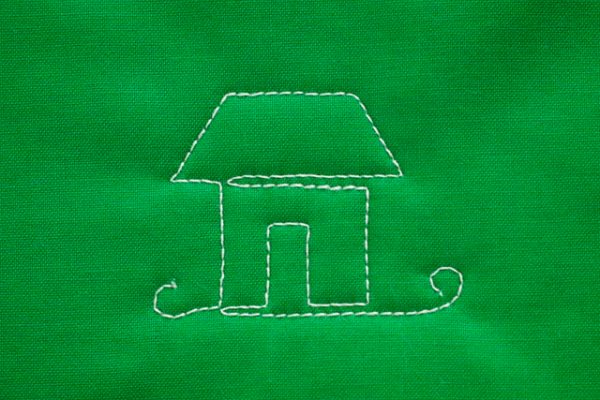
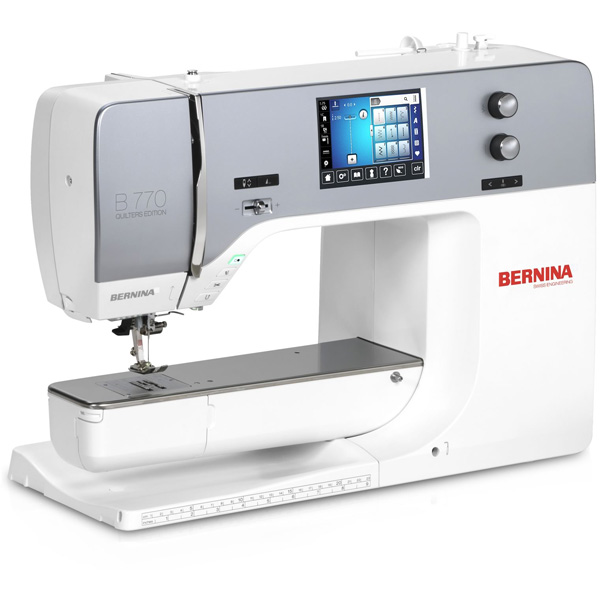
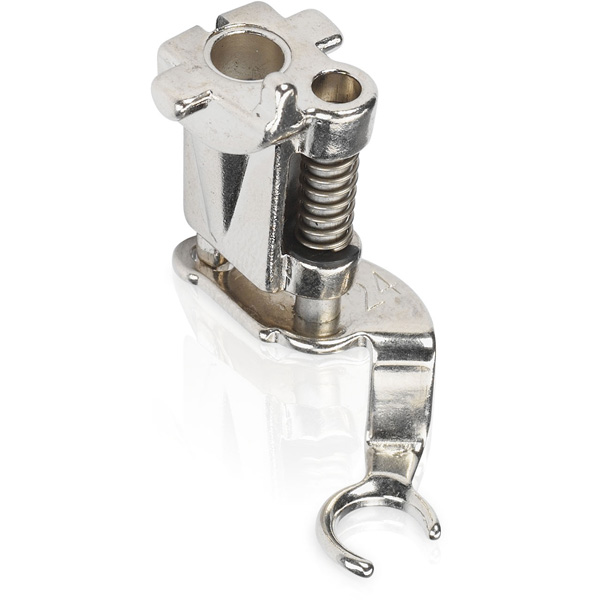
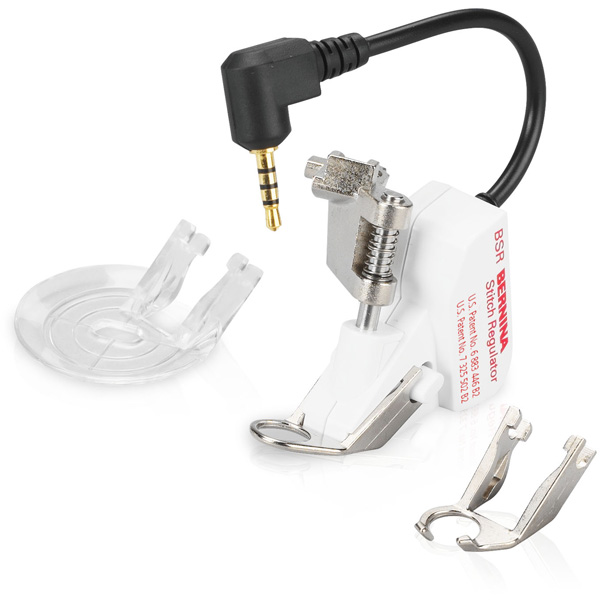
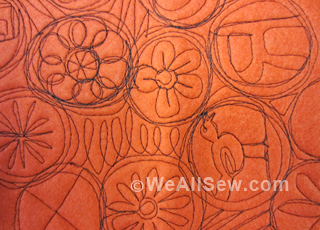
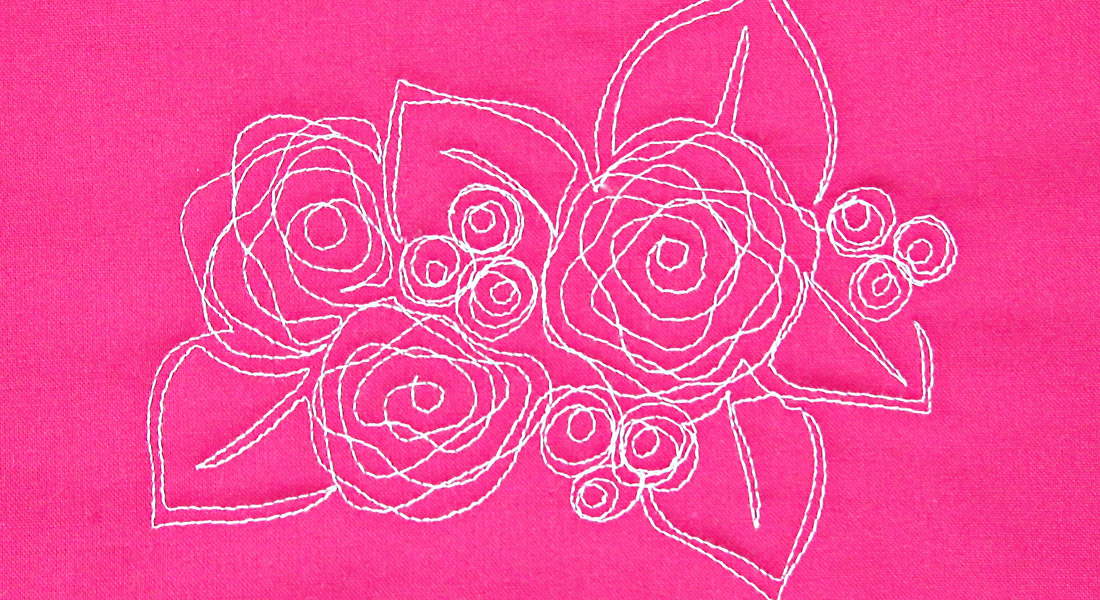
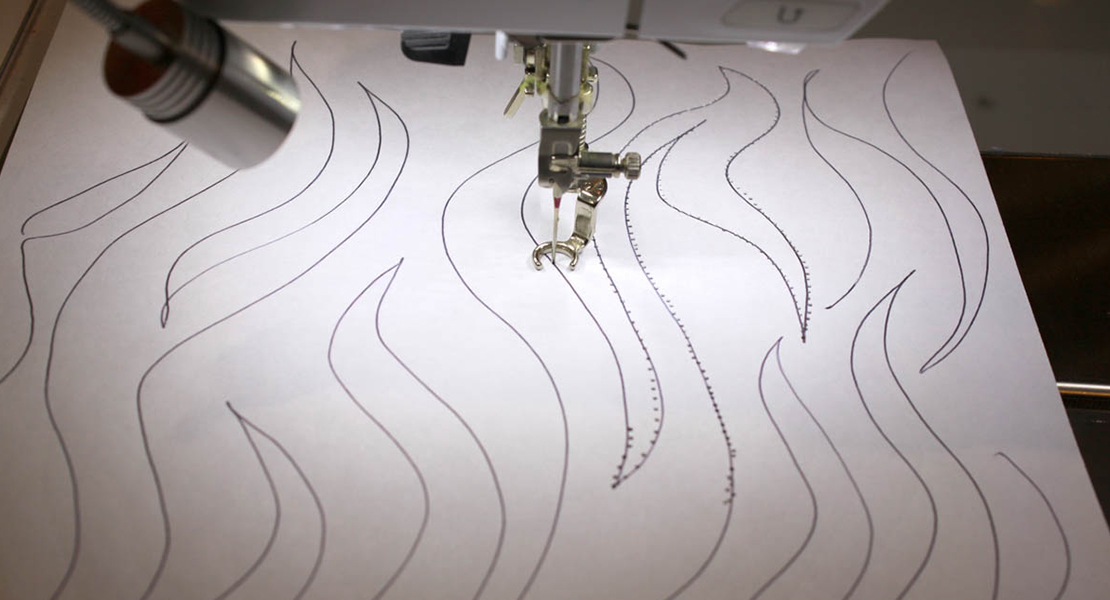
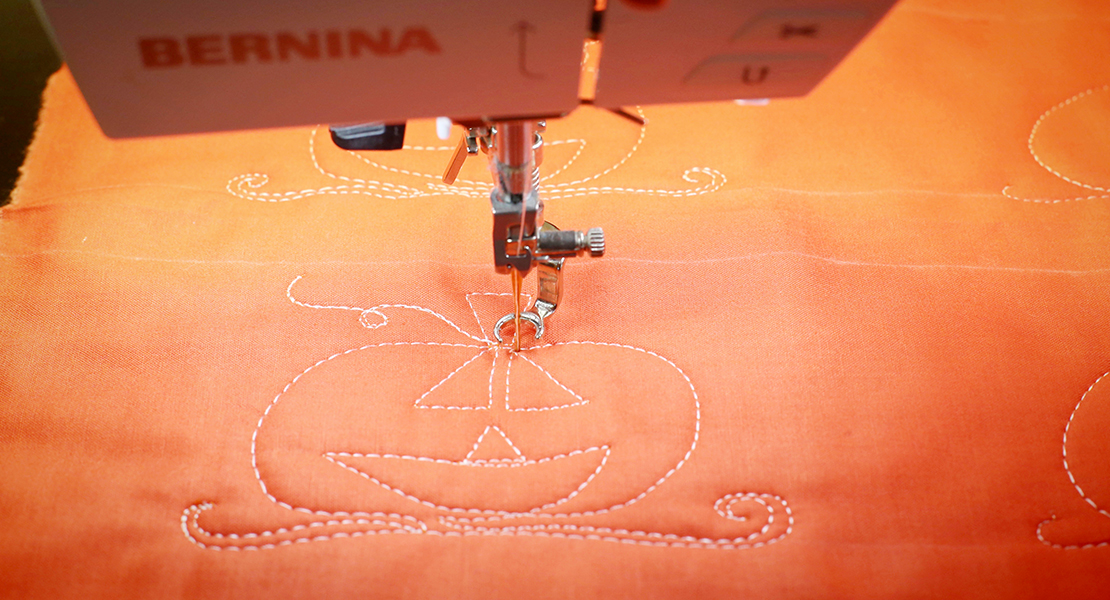
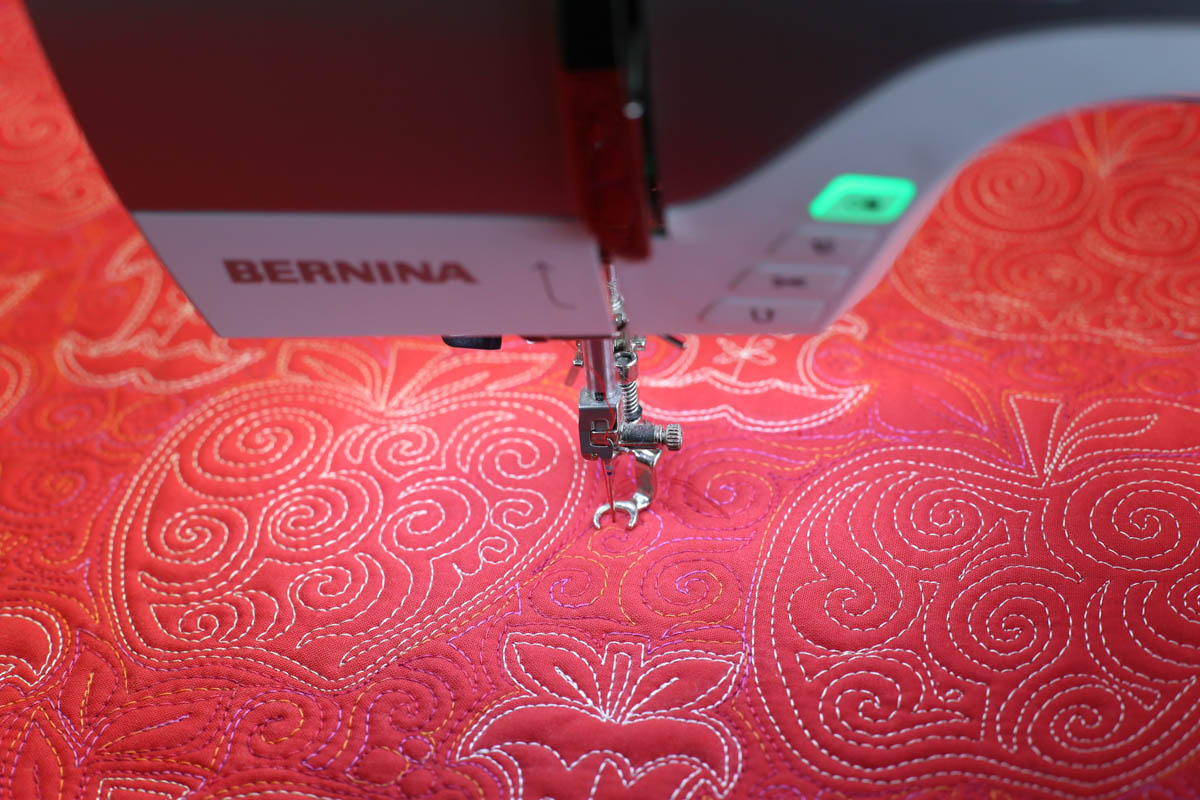
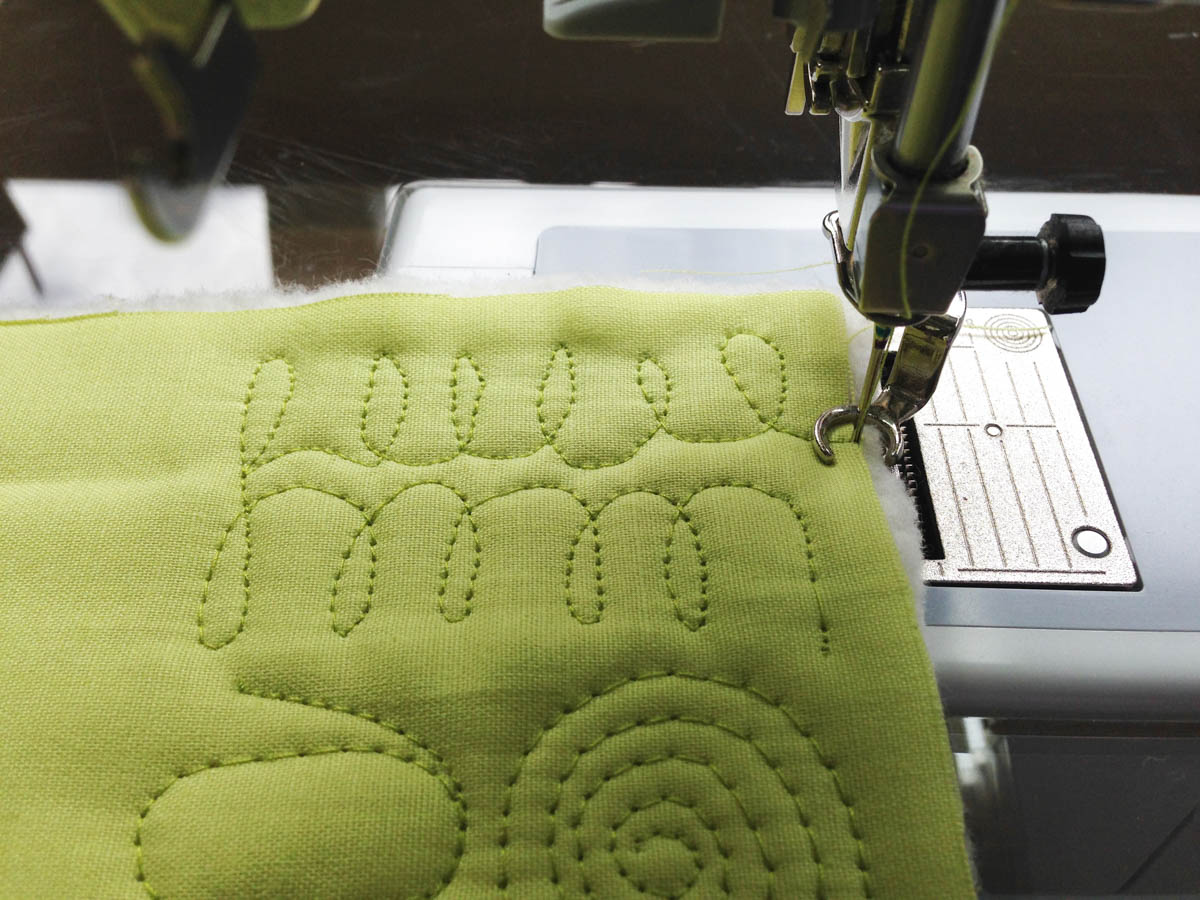

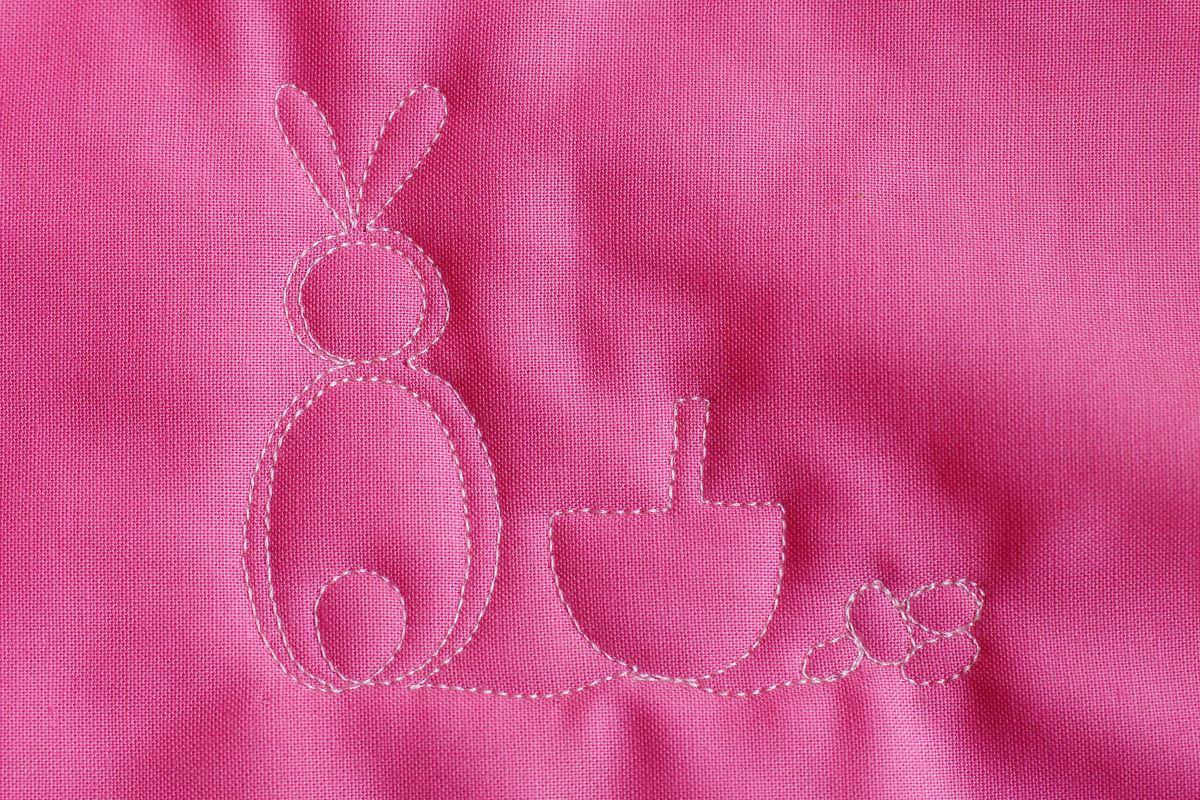
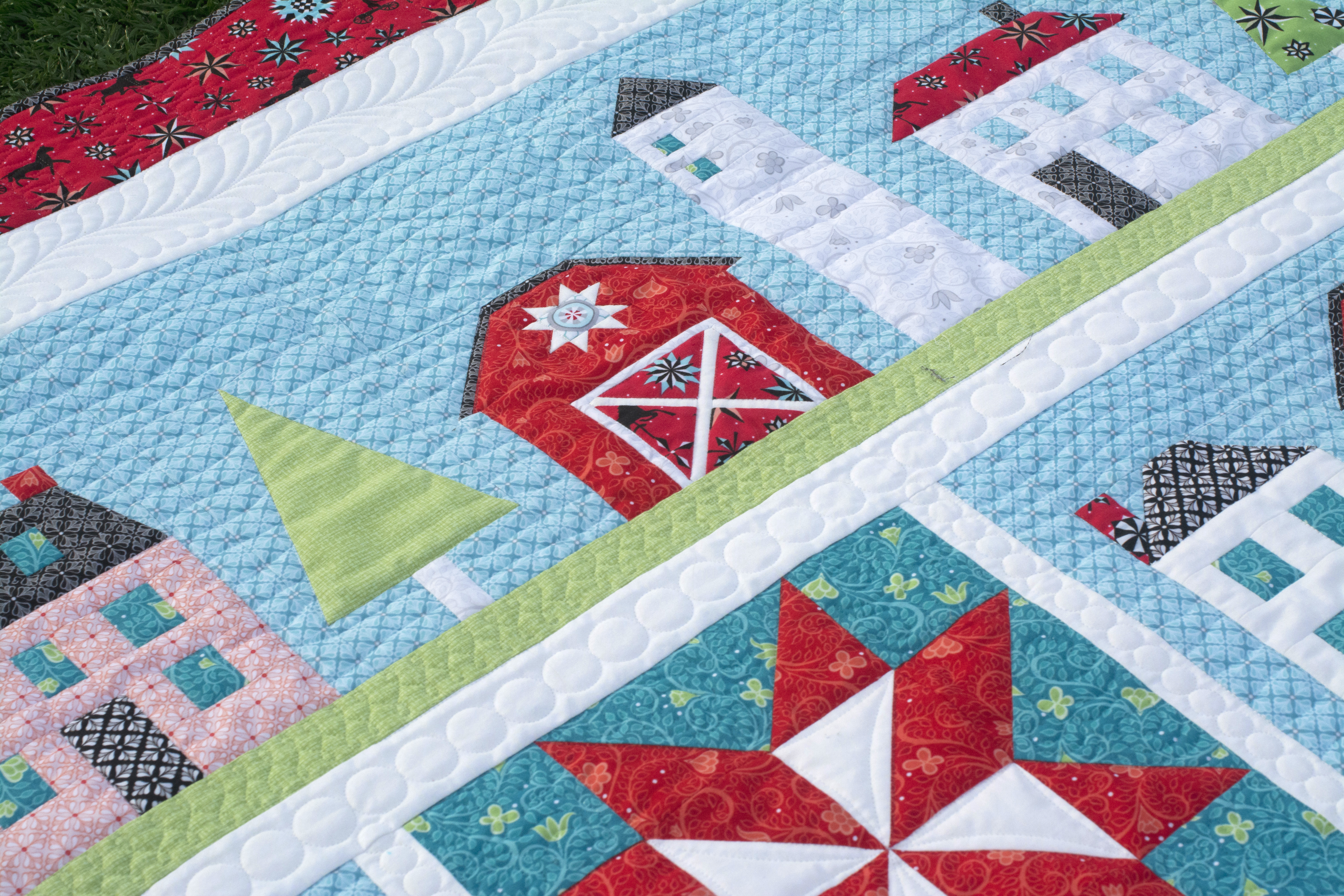
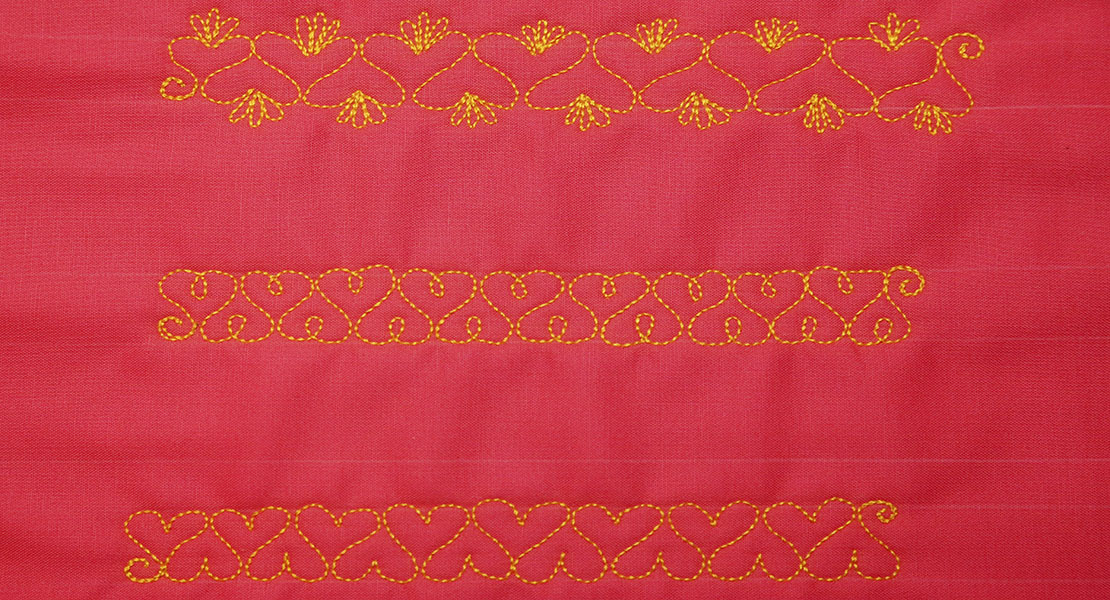
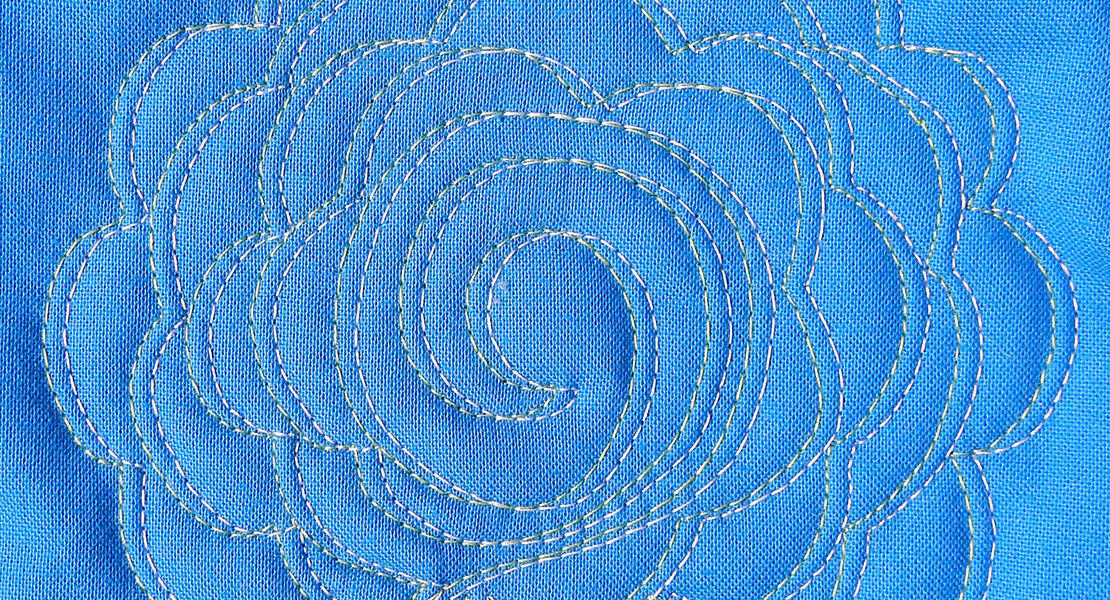
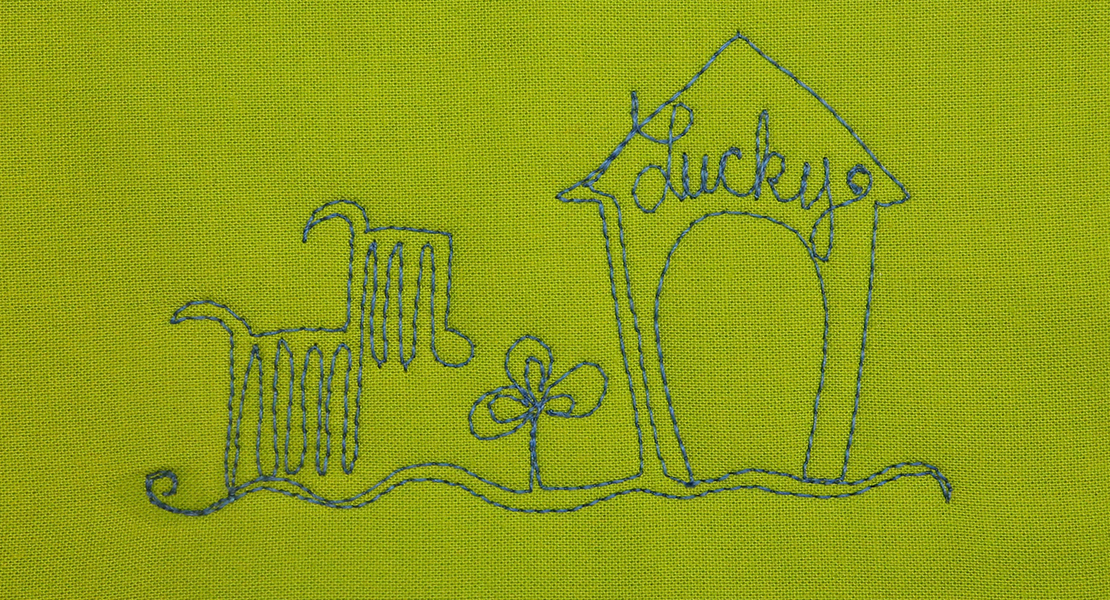
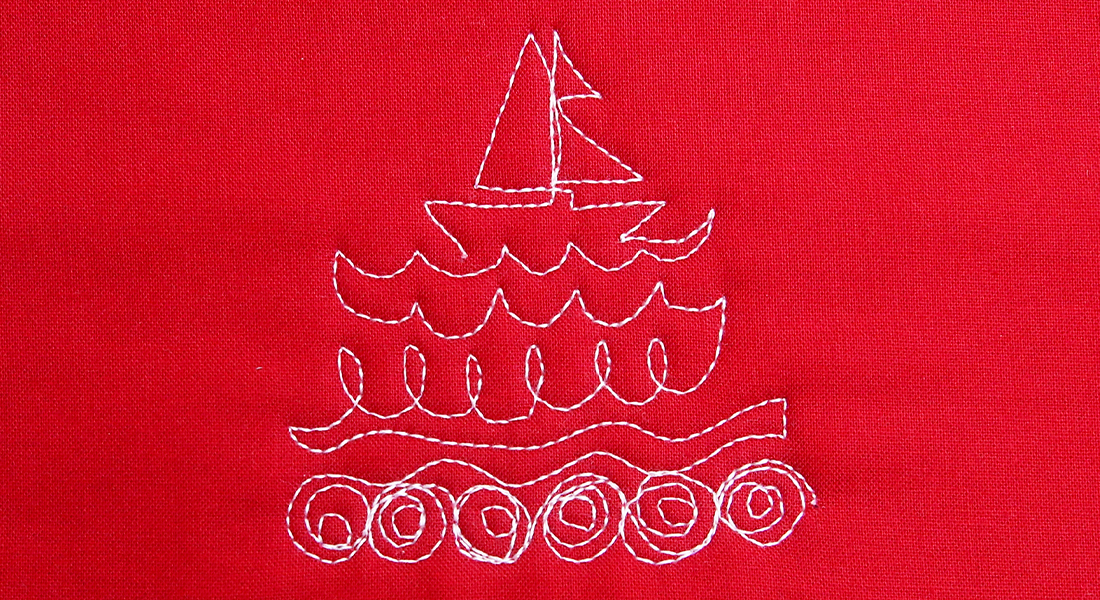
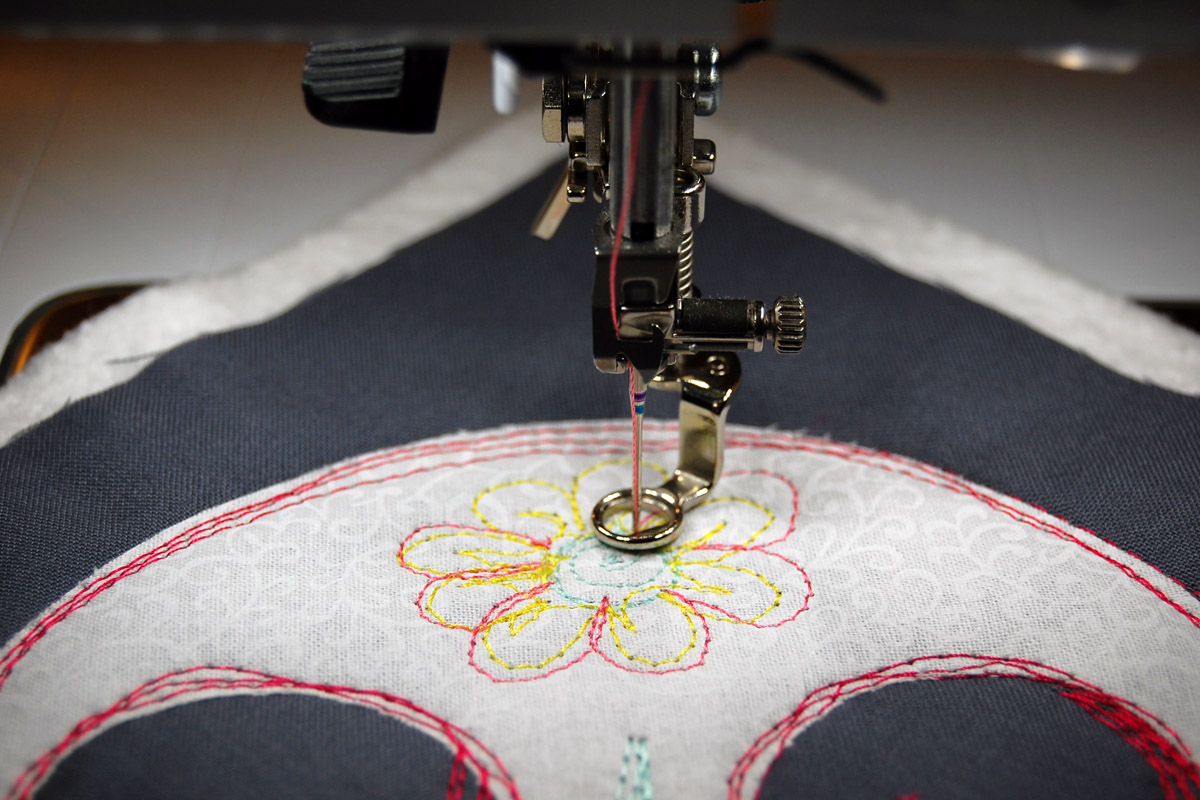
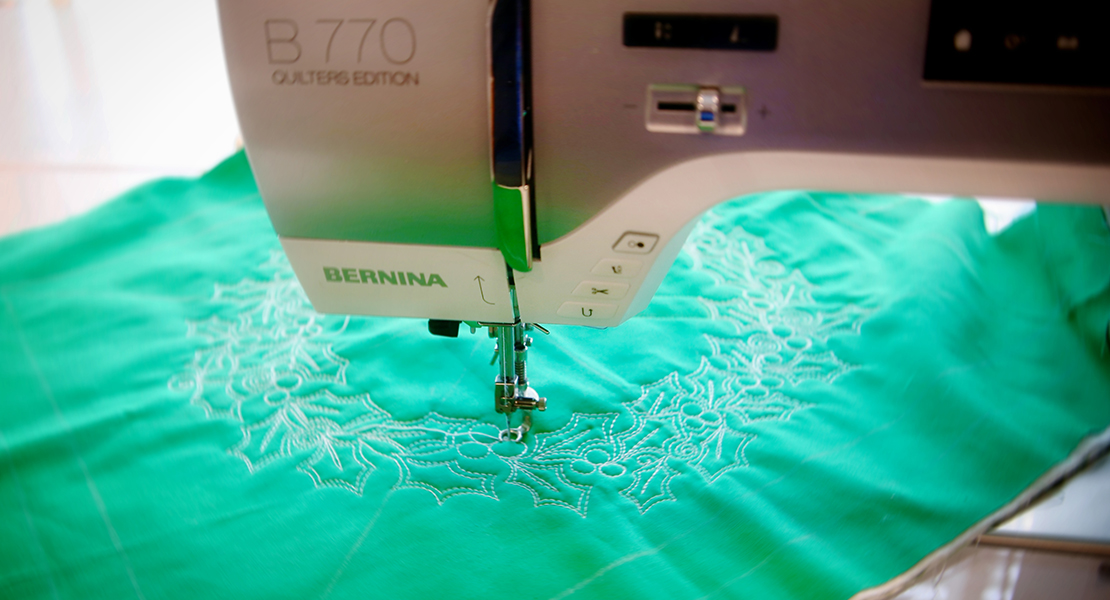
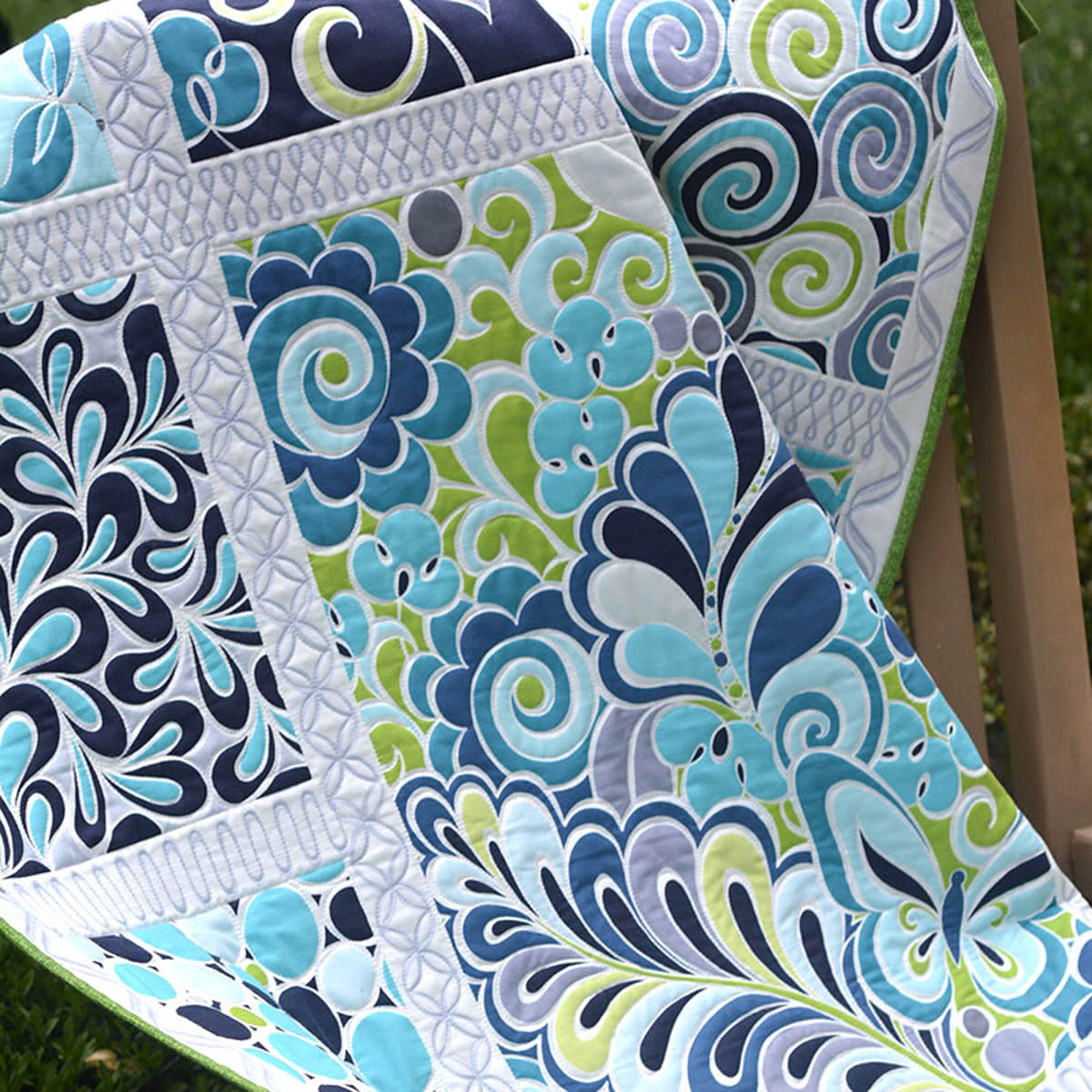
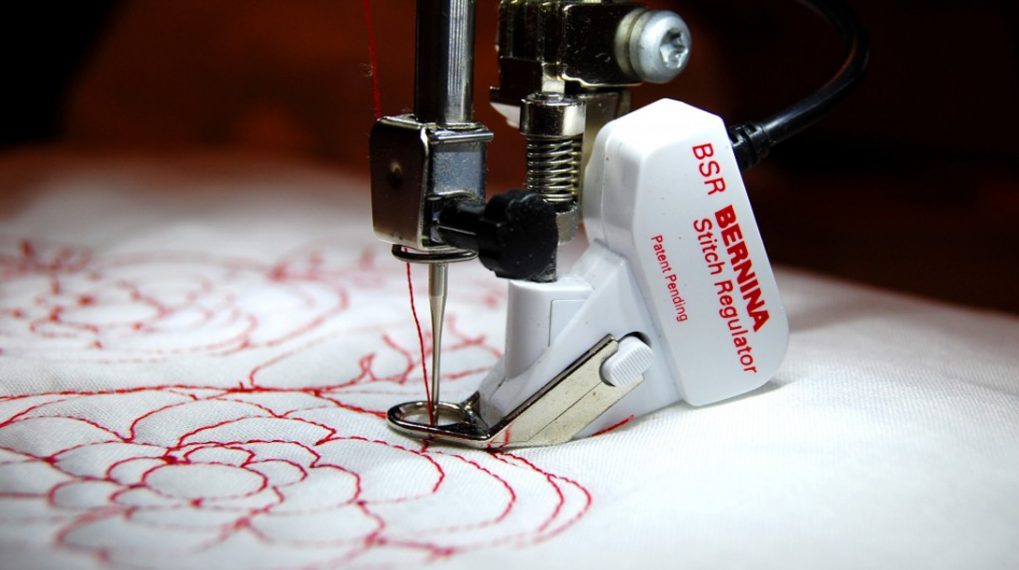
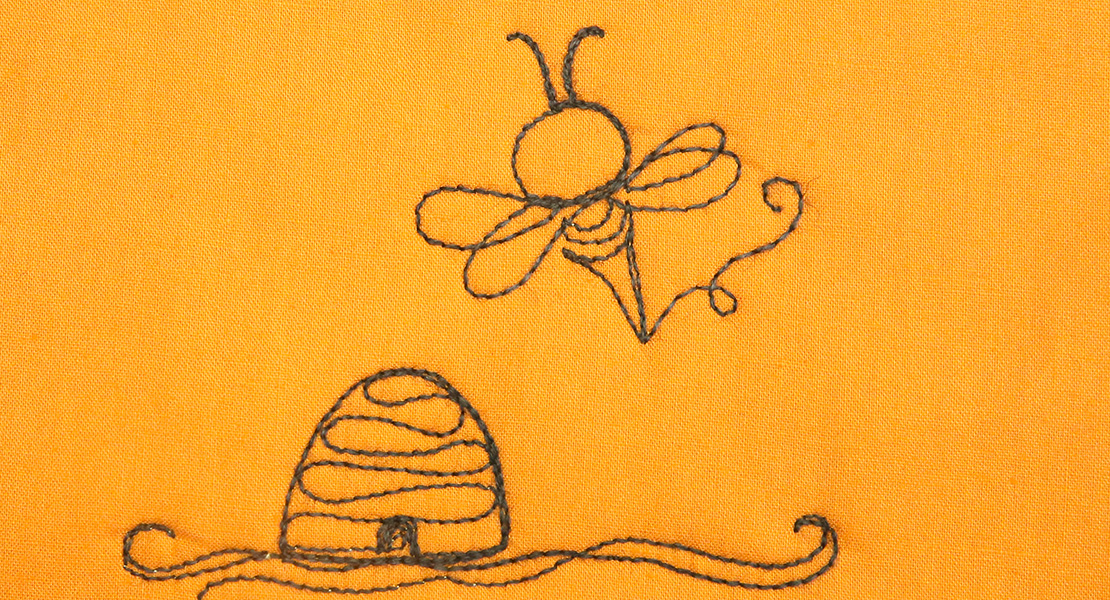
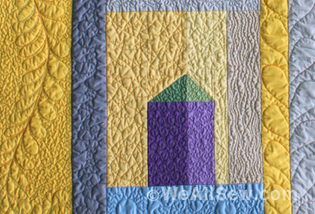
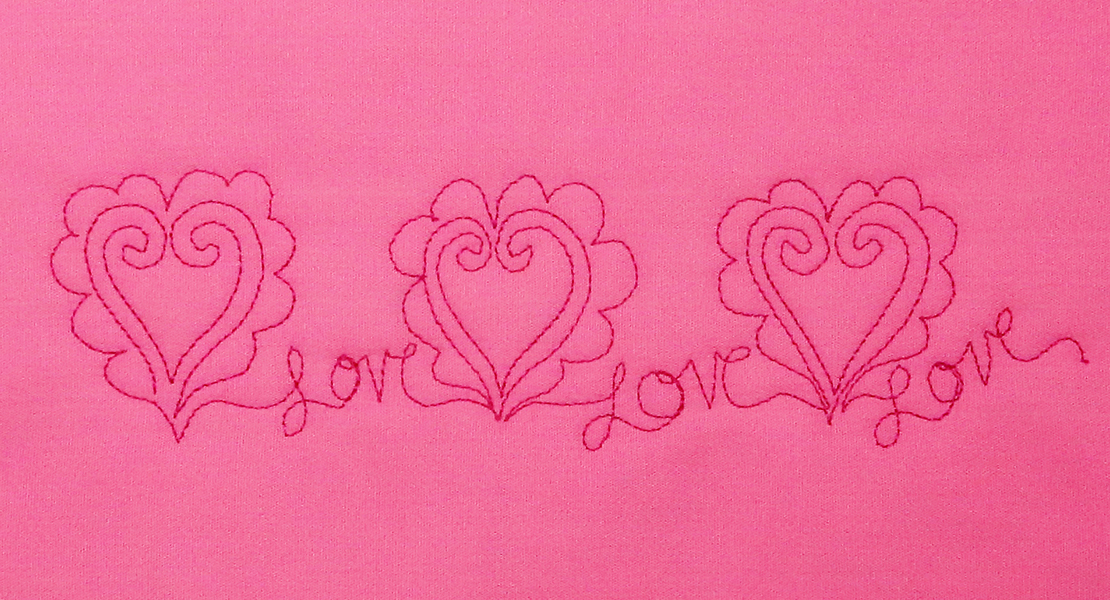
Hi, Thank you for this design. I consider 50wt cotton to be a “lighter” weight cotton as most embroidery cottons are 40wt. Is this correct please? Bev Hunt